If you imagine a place the size of a city, humming 24/7 with the whirr of machines pumping out everything from Barbie dolls to medical tubing, you’re picturing the real deal. The so-called plastic capital of the world isn’t in the West, despite the UK and US being heavyweight consumers. It’s Shantou, a city in southern China’s Guangdong province. Most people, even those knee-deep in recycling at home, have never heard of it. But the things in your fridge, bathroom, or even your kid’s pencil case probably passed through this city’s factories.
Why Shantou Earned Its Plastic Crown
Shantou didn’t start with plastic dreams. Back in the early 1900s, the place was a fishing spot with sleepy markets. But by the 1980s, everything changed. China's reform policies made industrial cities like Shantou the perfect place for ambitious business owners craving a slice of the global pie. Its location rocked: sitting close to shipping channels, soaking up demand from Asia and the West. Around 1992, people from Shantou began making snap-top boxes, cheap toys, even Halloween masks, and exporting them by the crate. That pace snowballed.
These days, Shantou is a mammoth in plastic goods. If you flick through recent export figures, more than 20% of all toys exported from China in 2024 came from this one spot. It’s the headquarters of over 2,000 plastic factories, some of which sprawl like small towns, with snack stalls and even mini-markets inside. Workers don’t just make toys there; they shape packaging, containers, garden kits, and even plastic flowers that end up on tables everywhere.
Let’s talk scale. Shantou churns out over 5 million tons of plastic products yearly (as of 2023), much of it heading straight for Europe, the Americas, Africa, or the rest of Asia. That’s not just Knick-knacks or one-use bits—think industrial packaging, home goods, automotive parts. Shantou even has entire districts specializing in certain plastic goods, so you can literally walk street after street and only see factories making plastic barrels or baby dolls.
Factories take waste from all over the globe too, especially since many Western countries stopped processing their own plastic recycling after 2018’s ‘National Sword’ policy in China. This keeps costs low and production high. Of course, this creates headaches—waste is tricky, even risky, and not all of it can be reused. Still, Shantou rarely seems to slow down.
China as a whole holds more than a third of the planet’s plastic manufacturing capacity. Shantou is easily the jewel in that very busy plastic crown. If you want to see globalization’s impact, just look at Shantou’s nightscape—a city glittering, powered by innovation and unsolved challenges.
The Domino Effect: Plastic Capital’s Global Impact
The output from the world’s plastic capital touches everyday lives in ways you don’t think about. Walk through a pound shop in Manchester, and you’ll spot plastic toys, utensils, and tools marked “Made in China.” In fact, the UK alone imported over 900 million pounds worth of plastic wares from Shantou and its neighbors in 2023. These numbers reveal how interconnected our shopping habits are with this city thousands of miles away.
Here’s a table showing recent plastic export data for better perspective:
| Year | Total Plastic Products Exported from Shantou (Tons) | Main Export Regions |
|---|---|---|
| 2022 | 4,800,000 | Europe, US, Africa, Southeast Asia |
| 2023 | 5,050,000 | Europe, US, Africa, Southeast Asia |
| 2024 | 5,130,000 | Europe, US, Africa, Southeast Asia |
Sounds impressive, yeah? But this comes with a darker side. Shantou and similar production hot spots have to deal with waste and pollution. Air quality in certain factory areas slips to hazardous levels during peak season. Plastics release microfibres and particles that drift into rivers and the South China Sea. Factories do make big efforts now—almost 30% of all goods are from recycled plastics or bioplastics, up from barely 10% a decade ago. Some brands even require documentation proving post-consumer recycled content. Yet, with so much output, you don’t fix the problem overnight.
There are big wins too, especially for the local economy. Families living in Shantou saw incomes shoot up. Some locals bought flats, sent kids to university, and shifted away from farming. The downside? Rents and land prices soared, pushing some workers out to the edges. Plus, skilled workers are now in demand worldwide, so Shantou folks travel, taking their industrial knowhow to Indonesia, Vietnam, and East Africa where new plastics hubs are popping up.
Local infrastructure’s got a tech revamp, too. Massive water treatment plants, solar farms hanging over rooftops, and citywide recycling policies. So, if you think the city’s just a pollution-spewing giant, think again: it’s balancing progress and problems on a tightrope.
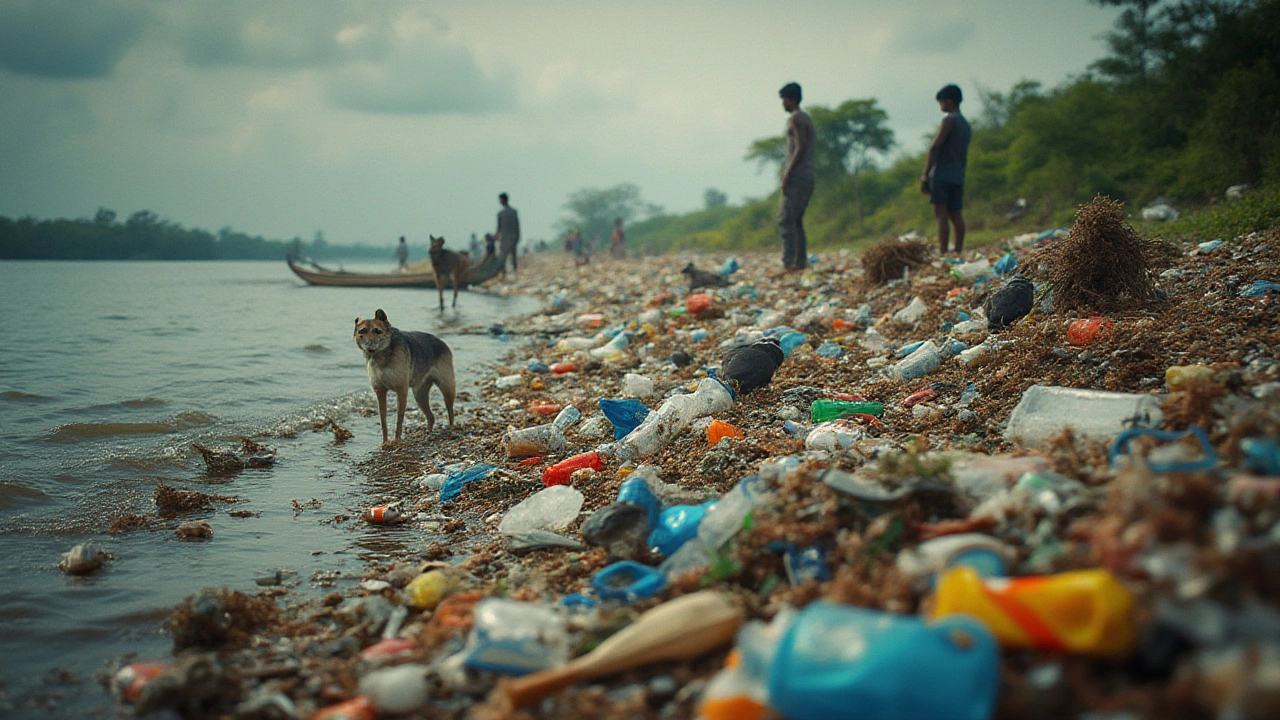
The Pollution Dilemma: Where Plastics Go After Use
There’s no way to talk about the plastic capital without facing the plastic waste question. Shantou, as the epicenter, is both the launchpad for millions of single-use items and a point of return for global waste. That conversation matters for everyone, especially when you consider that over 400 million tons of plastic waste is produced worldwide every year, and only about 9% gets recycled globally (UNEP, 2023).
Let’s get real: a single takeaway fork made in Shantou could end up in a bin in Liverpool, then sorted for export as recyclables, only to be shipped right back to the region it came from. Because most Western countries don’t have the facilities for high-grade recycling, places like Shantou receive bales of mixed plastics, sorting and melting the stuff down to start the cycle again. It’s an international boomerang of rubbish.
But, it’s not just about stuff made and stuff returned. The pollution footprint is everywhere. Local rivers sometimes clog up with plastic beads and shreds, especially after storms. NGOs have filmed these moments when the water runs blue or red from dyes and plastics. While newer factories are better regulated, older ones still skirt around environmental codes. Airborne toxicants can go unnoticed until folks start coughing or fish populations visibly drop. Shantou’s government invests in green tech, sometimes testing zero-waste pilot zones or bio-based resin production, but progress can be uneven.
People are getting smarter about it all, though. Some businesses moved up the value chain—producing smart medical plastics or auto parts that last for decades instead of days. Schools run proper waste lessons, and city schools compete on plastic art projects, repurposing leftover odds and ends. Even so, the world’s addiction to plastic products, from wrapping to home gadgets, drives the engine faster and faster.
Waste import restrictions—like those under China’s National Sword policy—were meant to slow down low-grade rubbish import. Still, the leftovers go elsewhere, like Southeast Asia, as local laws close loopholes. The takeaway? Plastics never disappear; they just move. That’s part of why Shantou keeps adapting, building on lessons, inventing better ways of recycling, and teaching factories how to balance profit and planet.
Plastic-Smart Living: What You Can Do and What the World Is Trying
It’s easy to wag the finger at Shantou or anywhere else that pumps out so much plastic. But at the end of the day, demand comes from you and me. Want to do your bit? Start by killing off single-use plastics when possible. Bring your own bag, pick reusable bottles, and don’t be shy about returning packaging at the shop—lots of supermarkets in the UK offer drop-off stations now.
If you still need to use plastics, choose recycled or bioplastic products—these usually have a smaller environmental footprint, especially if certified. When you recycle, make sure you follow your council’s gifting guidelines: cleaning your containers makes a major difference. Do a little research before spending on nifty green gadgets—some are more hype than help. Instead, check for clear certifications; look for BPI, OK Compost, or Green Dot logos.
At a bigger scale, governments are catching on. In 2022, the UK introduced a plastics tax on packaging with less than 30% recycled content. Over in the EU, the Circular Economy Action Plan is pushing companies to collect, recycle and reuse plastic before making new stuff. In China, pilot cities (including Shantou) now enforce strict energy rules and offer tax breaks for switching to plant-based plastic production.
On a global level, the United Nations is working on a plastics treaty—something like the Paris Agreement, but for single-use plastics. It’s slow work, since countries cannot agree on bans versus gradual reductions. But there’s movement. Large brands like Nestlé and Unilever now invest in reusable packaging projects; Adidas has made shoes from ocean plastics sourced from Asia’s ‘plastic seas.’ These changes trickle down. Even the city of Manchester is retrofitting its bins to pick up more recyclable plastics, moving to LED-sorting facilities by 2026.
Here are seven easy tips for living smarter when it comes to plastic:
- Always carry a reusable bag and bottle
- Choose products with minimal plastic packaging
- Support brands using recycled materials
- Wash recyclables before tossing them in the bin
- Get involved in local clean-up drives or plastic-free campaigns
- Opt for durable items instead of disposable versions
- Share what you learn—most people have no idea where their plastic goes!
So, next time you pop open a plastic tub or unwrap a new charger, spare a thought for the wild, extraordinary place where it might have been born. The plastic capital of the world—Shantou—keeps the world’s modern life ticking. But what comes next is up to all of us—not just the city that makes mountains of plastic, but every single person who buys, bins, or bothers to recycle it.


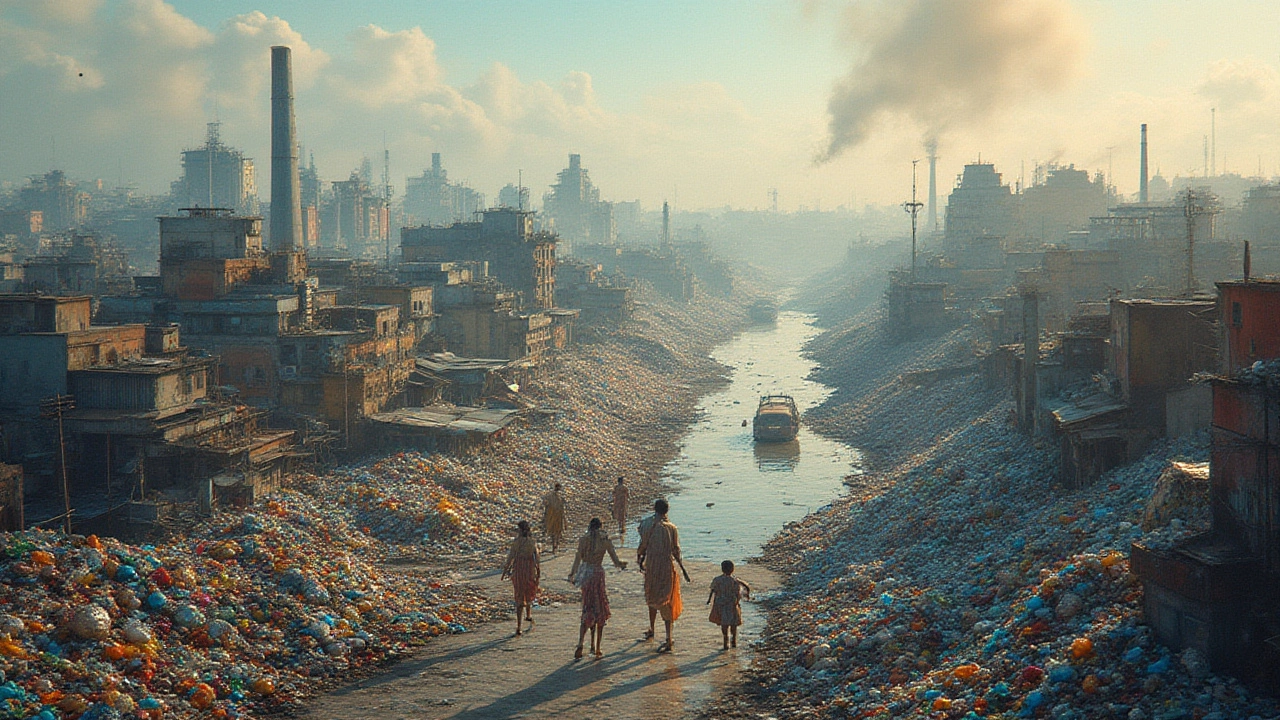

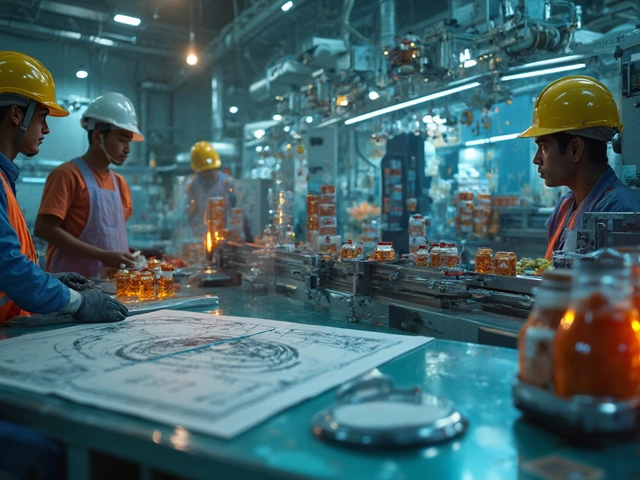
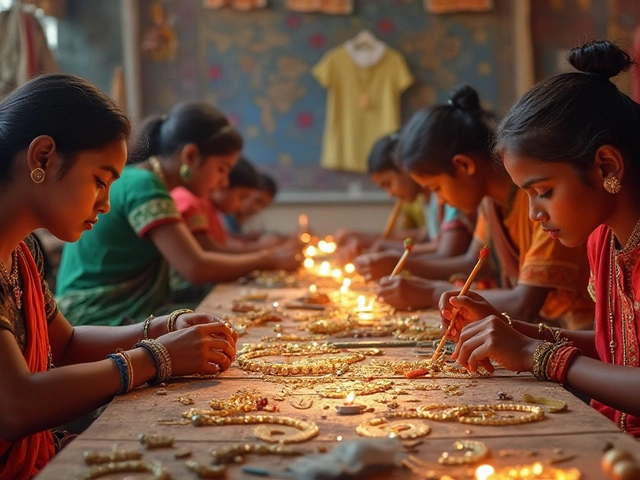
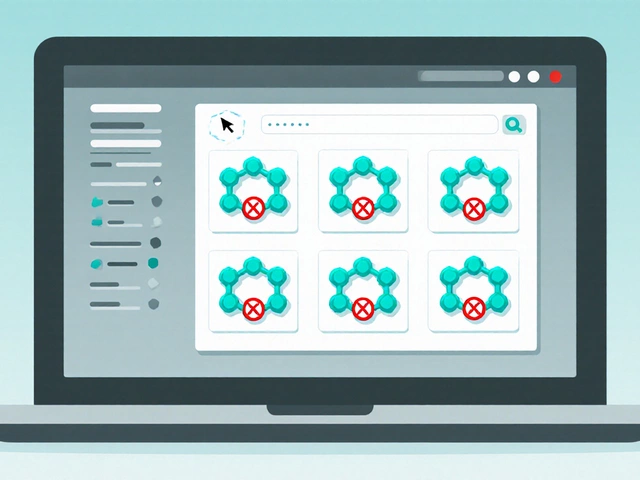
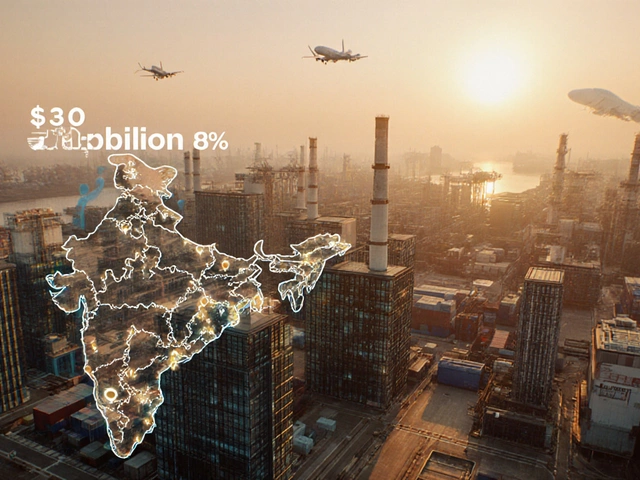
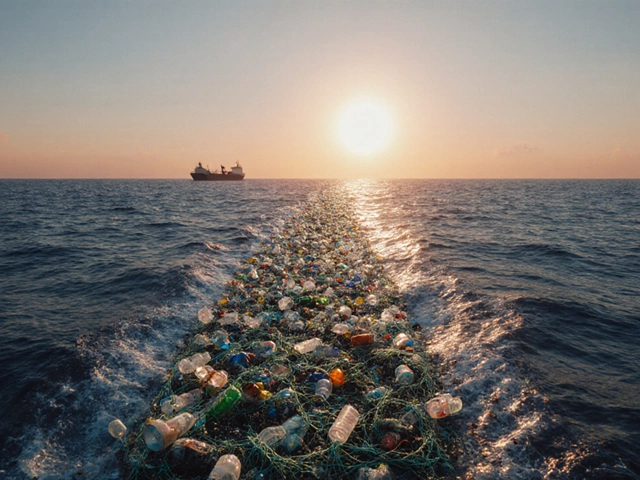
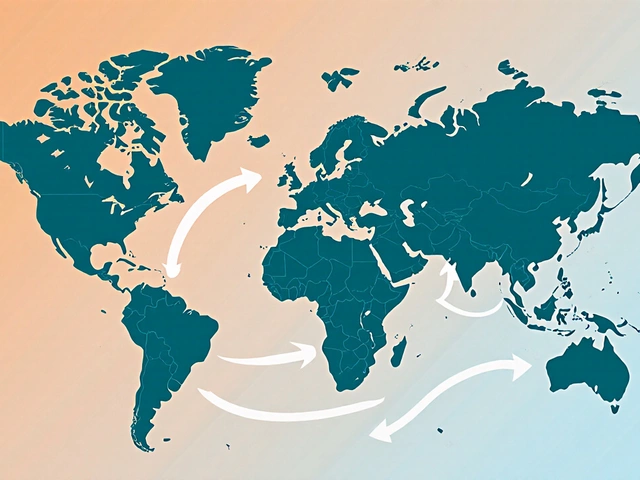
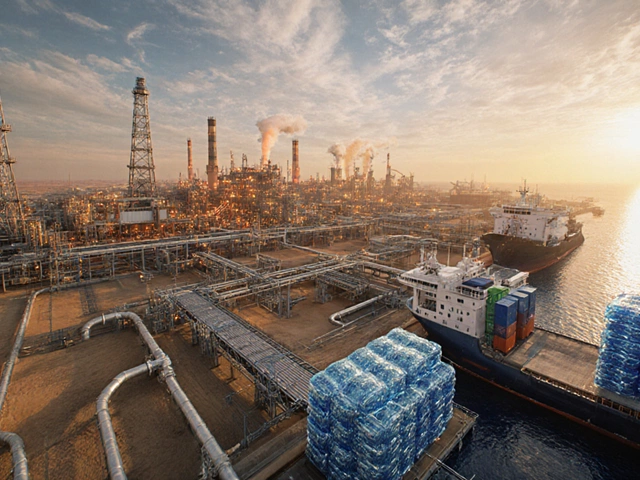
Write a comment